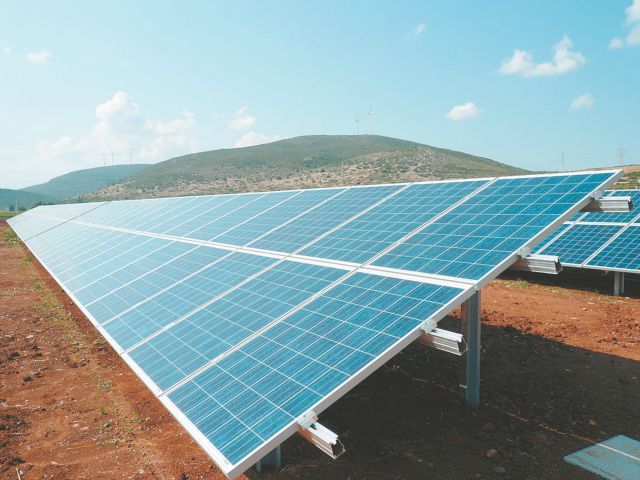According to the European Commission’s report on the energy dependency of the EU’s member states, Greece has unexplored fields of high-quality hydrocarbons. The report is based on the recent studies in Ioannina, the Patra Gulf and Katakolo, where there are no geopolitical issues such as border disputes with Turkey in the Aegean.
The report however notes that there is great uncertainty regarding the size of the fields and to what extent it would be possible to take advantage of them. As such, a priority change in energy policy is not likely.
According to the report, over 50% of Greece’s energy output comes from imported oil, making the country one of the most vulnerable European countries. The imported oil comes from a variety of suppliers (Russia, Saudi Arabia, Libya, Iraq, Kazakhstan and Iran), with the rest of the energy output covered domestically with lignite and renewable sources. Natural gas is increasingly becoming popular.
The report highlighted the lack of competition in refining, since two companies (ELPE and Motor Oil) dominate the domestic market. Furthermore the dominance of DEI and lack of competition has created significant debts from unpaid bills. It seems likely that DEI tariffs will increase with the upcoming deregulation on the 1st of July.
Debts blocking DEPA privatization
Regarding natural gas, the debt of 300 million euros towards DEPA and the reliance on Russian supplies (80% in 2005) makes the company’s privatization a difficult task. Meanwhile, imports of natural gas from Turkey and the use of liquefied natural gas poses further problems.
On renewable sources of energy, the Commission explains that growth was possible due to the high prices of the energy produced, which eventually lead to a funding deficit. The austerity measures in late 2012 and early 2013 further aggravated the situation.
The Kyoto silver lining
On the positive side though, the Commission report notes that Greece met its CO2 emission targets as set in Kyoto. Between 2008 and 2012 Greece increased CO2 emissions by 15.2%, significantly lower than the target of 25%. Despite the effort, in order to achieve the next goal of reducing emissions by 4% by 2020, further measures will be required.



